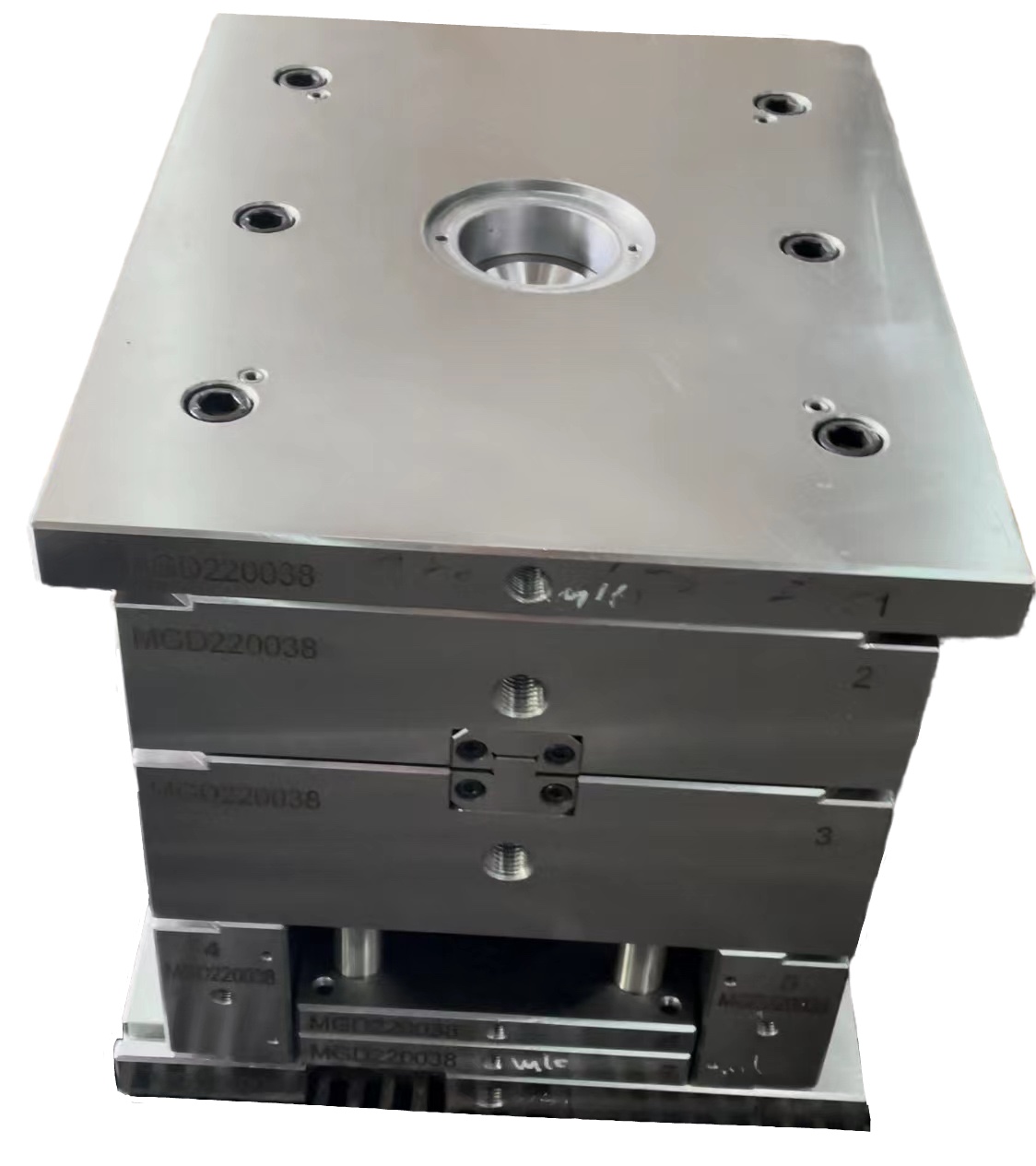Understanding Die Casting
**Die casting** is a manufacturing process widely employed in the industry to create precision metal parts. The method involves forcing molten metal into a mold cavity under high pressure, allowing for intricate shapes and smooth surfaces. As industries evolve, the demand for efficiency and precision increases, making die casting a critical method in sectors such as automotive, aerospace, electronics, and appliances.
Advantages of Die Casting
Die casting offers numerous benefits that contribute to its popularity in modern manufacturing:
- High Precision and Accuracy: The process produces components with exceptional dimensional accuracy, often within tolerances of +/- 0.01mm. This precision is crucial for industries where components must fit perfectly.
- Cost Efficiency: Once the initial investment in the mold is made, the per-part cost decreases significantly with high-volume production, making die casting a cost-effective solution for large-scale manufacturing.
- Complex Shapes: Die casting allows for the creation of complex geometries that would be difficult or impossible to achieve using other manufacturing techniques.
- Durability: Cast parts are known for their strength and durability, making them suitable for various applications where reliability is essential.
- Reduced Waste: The die casting process minimizes excess material waste, leading to a more sustainable manufacturing approach.
Challenges and Considerations
While die casting has many advantages, it also comes with challenges that must be managed, especially in the context of the Russian manufacturing industry:
- Initial Costs: The initial setup cost for die casting can be high due to mold design and material selection. However, this is offset by the long-term savings in mass production.
- Material Limitations: Not all metals are suitable for die casting. Commonly used metals include aluminum, zinc, and magnesium. The choice of material can impact the final product's performance and cost.
- Technical Expertise: Mastering die casting requires specialized knowledge and skills. Investing in training and skilled personnel is crucial for achieving quality results.
The Future of Die Casting in Russia
The Russian manufacturing sector is poised for growth, particularly within the die casting domain. As the industry adapts to a more global market, several trends are emerging:
- Investment in Technology: There is a growing trend towards investing in advanced die casting technologies, such as automated systems and computer simulations, to enhance the quality and efficiency of production.
- Sustainability Focus: With increasing awareness of environmental issues, Russian manufacturers are exploring sustainable practices within die casting, including recycling practices and using eco-friendly materials.
- Global Collaboration: Russian companies are beginning to partner with international firms to access new markets and technologies, driving innovation and competitiveness.
FAQs
What industries benefit from die casting?
The die casting process is widely utilized across a variety of sectors including automotive, aerospace, electronics, and consumer goods. Industries with a high demand for precision components benefit the most.
What materials are typically used in die casting?
Die casting commonly uses alloys that are conducive to the method, such as aluminum, zinc, and magnesium. Each material provides different benefits in terms of weight, strength, and cost.
How does die casting compare to other manufacturing methods?
Compared to other processes such as machining or injection molding, die casting offers superior precision and is more efficient for high-volume production. However, the initial setup cost can be higher.
Is there a significant difference in die casting in Russia compared to other countries?
While the fundamental principles of die casting are the same globally, differences may arise in the level of technological investment, workforce expertise, and material availability across various countries, including Russia.
Conclusion
As **die casting** continues to play a pivotal role in modern manufacturing, the Russian industry stands to benefit greatly from its adoption. By leveraging the advantages of die casting—such as precision, cost-efficiency, and the capacity to produce complex shapes—companies can enhance their competitiveness in a global marketplace. While there are hurdles to overcome, particularly in initial investments and expertise, the future appears promising as technology and collaboration drive the industry forward. By focusing on innovation and sustainability, the Russian manufacturing sector can harness the full potential of die casting to secure its growth and success.

